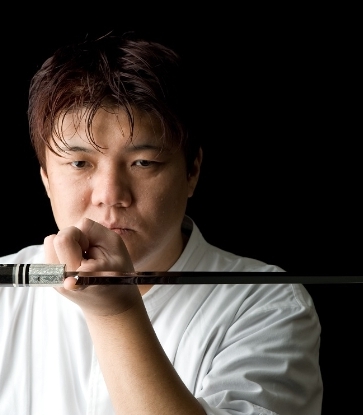How did dumplings originate?
Rice dumplings were first mentioned more than 2,200 years ago in the Warring States Period of Chinese history. Legend tells of the Chu poet and court official Qu Yuan, who upon hearing of his kingdom’s defeat in a war, drowned himself in a river out of despair. Unable to find the Qu Yuan’s body, the local people threw lumps of rice into the water hoping to feed the fish and prevent them from eating the patriot’s body.
While glutinous rice remains the main ingredient of the dumpling, its shape, size and outer wrapping varies depending on where it is made. For instance, in Northern China, where millet is widely grown, this grain is often added to the glutinous rice. The Cantonese in the south, on the other hand, are known to include mung beans to the mix, giving their dumplings a savoury-sweet flavour.


In Singapore, matriach and chef-in-command Lee Liat Huat of Teochew Restaurant Huat Kee’s signature dumplings are made with a variant on a Teochew traditional technique. She first swaths a piece of sweet yam in pig's caul oil - oil made from the thin, fatty layer of a pig's stomach and internal organs - and then inserts into a dumpling with other savoury ingredients, producing a hybrid with both sweet and savoury notes. We get Mrs Lee to share her key tips on dumpling-making.



- Glutinous rice is ideally soaked in water overnight to hydrate it before cooking, but Mrs Lee prefers to soak her rice in diluted braising sauce for added flavour.
- Among the many different types and brands of glutinous rice available on the market, Mrs Lee favours a specific grain from Thailand known as “shu ya” as it gives a distinctive ‘QQ’ texture to the bite.
- Allow a slight looseness when tying the dumpling, as the rice usually expands during boiling.
- Don’t overcook your dumpling. Most cooks boil theirs for more than two hours to achieve a soft mushy texture, but as a personal preference, Mr. Lee prefers to cook her dumplings in rapid boiling water for just slightly more than an hour.

















